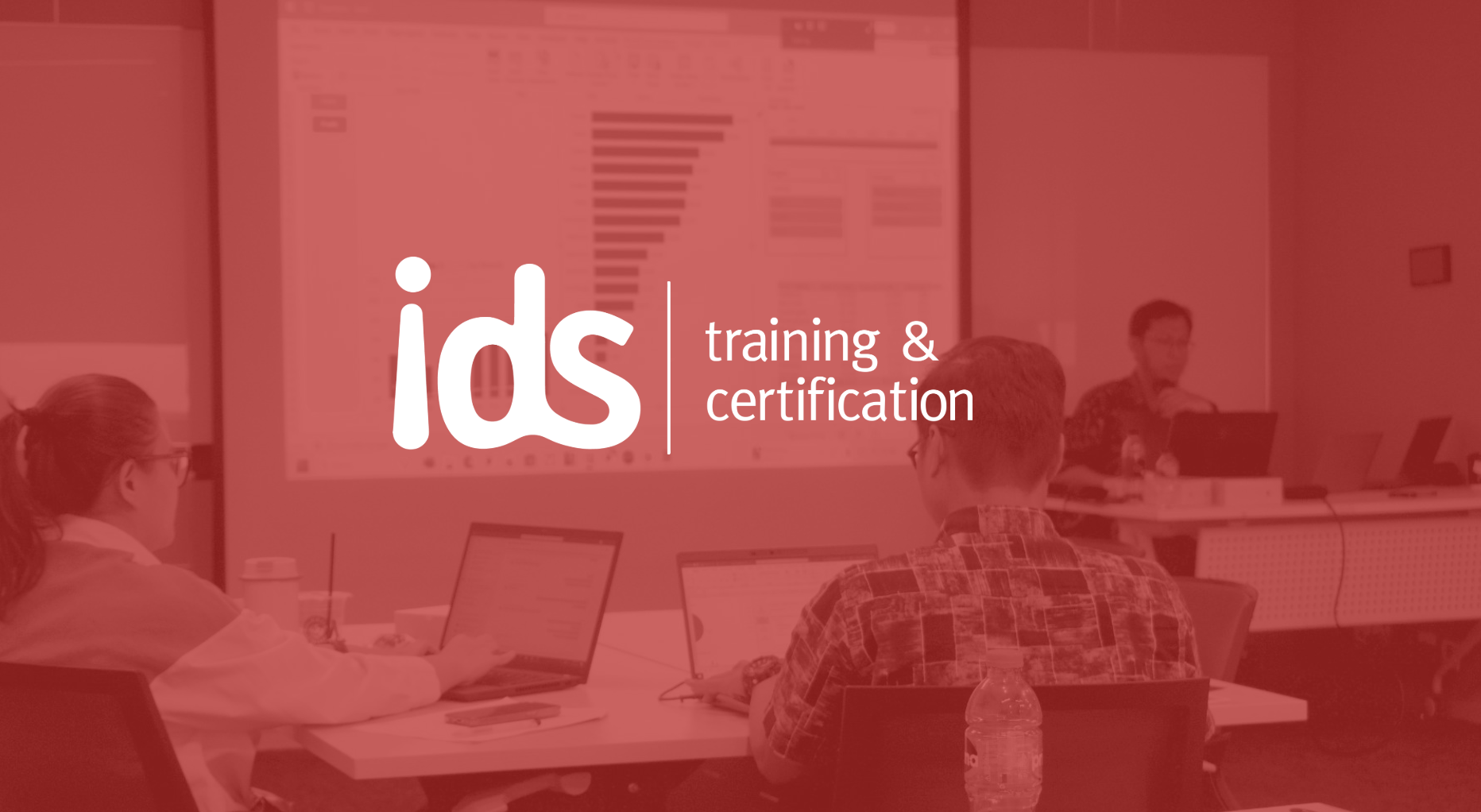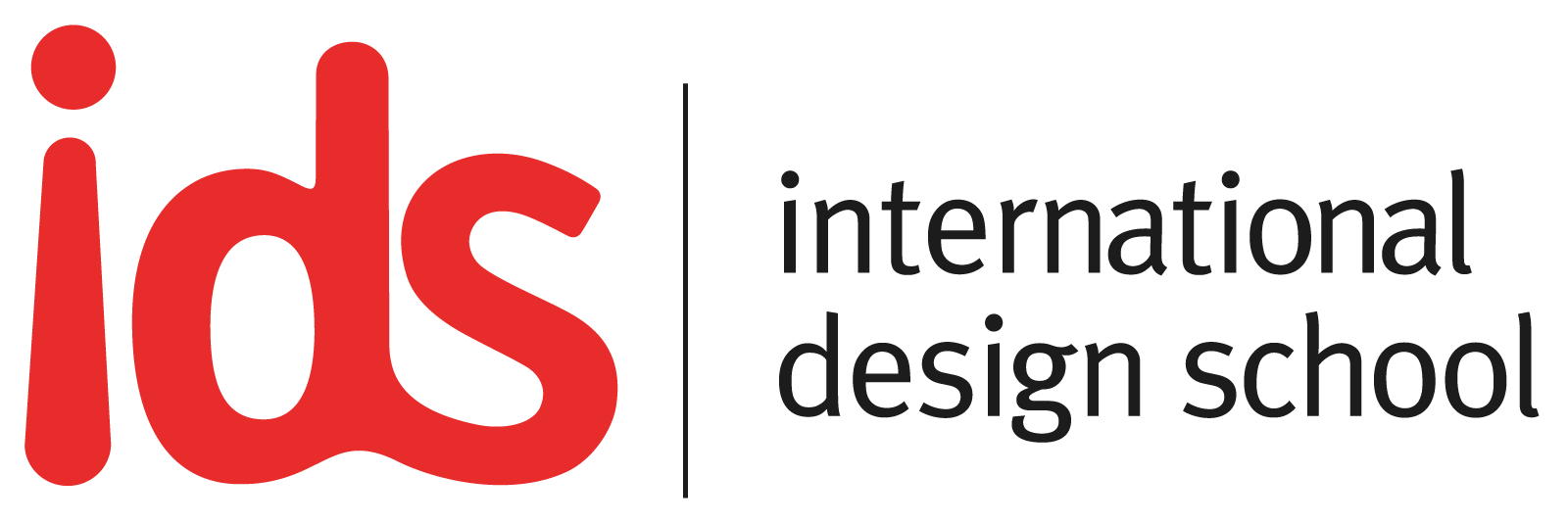ISO 45001: Managing Occupational Health & Safety

In today’s workplace, ensuring employee safety and well-being is critical. ISO 45001, the international standard for occupational health and safety (OH&S), offers a robust framework for organizations to manage risks, reduce workplace incidents, and create a safer work environment. This standard is vital as businesses worldwide face stricter safety regulations, focusing on employee welfare and boosting productivity.
What is ISO 45001?
ISO 45001 addresses the global need for workplace safety standards. It provides a systematic approach to managing risks, reducing workplace hazards, and preventing accidents. The standard applies to organizations of all sizes and industries aiming to enhance their OH&S management systems.
A significant advantage of ISO 45001 is its alignment with other international standards like ISO 9001 (Quality Management) and ISO 14001 (Environmental Management). This integration helps businesses incorporate safety management into their overall strategy, ensuring consistency across operations.
Key Features:
-
Comprehensive Risk Management: Focused on reducing hazards and preventing accidents.
-
Universal Applicability: Suitable for organizations of any size or industry.
-
Strategic Alignment: Integrates seamlessly with ISO 9001 and ISO 14001.
Why is ISO 45001 Important?
- Reducing Workplace Incidents: ISO 45001 enables organizations to identify risks and implement preventive measures, leading to fewer accidents, injuries, and illnesses. Certified organizations often report lower incident rates and improved safety records.
- Ensuring Regulatory Compliance: Many countries enforce strict OH&S regulations. ISO 45001 helps organizations meet these legal requirements, reducing the risk of penalties and liabilities. It provides a globally recognized framework for adhering to both local and international laws.
- Boosting Employee Morale: A safe workplace enhances job satisfaction and employee engagement. ISO 45001 fosters a culture of safety, demonstrating an organization’s commitment to its workforce’s well-being.
- Enhancing Business Reputation: ISO 45001 certification showcases a company’s dedication to safety, strengthening its reputation among clients, suppliers, and stakeholders. In competitive markets, a strong safety record can be a key differentiator.
Key Elements of ISO 45001
- Risk Assessment
- Organizations must systematically identify potential hazards, evaluate their impact, and implement controls to mitigate risks. This proactive approach prevents accidents before they occur.
- Leadership Commitment
- ISO 45001 emphasizes the active involvement of top management in promoting and maintaining a safe workplace. Leaders are responsible for allocating resources and ensuring effective implementation of the OH&S management system.
- Continuous Improvement
- The standard encourages organizations to regularly review and update their safety practices, adapting to changing conditions and emerging risks.
- Employee Participation
- Engaging employees in safety initiatives leads to more effective management. Workers contribute by identifying hazards, assessing risks, and helping develop safety policies.
Benefits of ISO 45001 Certification
- Legal Compliance
- ISO 45001 ensures adherence to occupational safety regulations, minimizing legal risks and penalties.
- Improved Efficiency
- A safer workplace reduces disruptions caused by accidents, enhancing operational efficiency and maintaining steady production rates.
- Enhanced Corporate Image
- Certification signals a commitment to safety, boosting the company’s appeal to clients, investors, and potential partners.
- Cost Savings
- Preventing workplace injuries reduces costs associated with medical expenses, legal fees, and compensation claims.
ISO 45001 is a vital tool for organizations striving to prioritize safety and well-being. By implementing this standard, businesses can reduce risks, ensure compliance, and foster a culture of safety—enhancing productivity, employee morale, and reputation. Embracing ISO 45001 is not just about meeting regulations; it’s a strategic investment in a safer, more sustainable future.
References
-
Darabont, A. A., Nicula, V., & Popa, F. (2018). Occupational health and safety management systems: A practical guide to ISO 45001:2018. Environmental Engineering and Management Journal.
-
MSE Conference Proceedings (2017). Study on the impact of ISO 45001 implementation on organizational performance. MATEC Web of Conferences.
-
Scientific Studies (2020). Integration of occupational health and safety management systems in organizations. ScienceDirect.
-
Bilir, S. B. (2018). Change in occupational health and safety management systems after the release of ISO 45001:2018. ResearchGate.
-
Scientific Research (2022). Occupational risk prevention management systems in accordance with ISO 45001. ScienceDirect.
Image by freepik ISO Photos | Free download
Related News
Indonesian HR Strategy to Optimize the Potential of AI in the Future Workplace
Artificial Intelligence (AI) is no longer merely an operational tool—it has become a transformational force in how organizations redesign work, develop talent, and create business value.
Strategi HR Indonesia Mengoptimalkan Potensi AI di Tempat Kerja Masa Depan
Artificial Intelligence (AI) bukan lagi sekadar alat bantu operasional, tetapi telah menjadi kekuatan transformasional dalam cara organisasi mendesain ulang pekerjaan
Menavigasi People Analytics: Peluang dan Risiko dalam Transformasi HR di Indonesia
Di era digital, organisasi semakin menyadari pentingnya pengambilan keputusan berbasis data untuk mengelola sumber daya manusia (SDM) secara efektif. Salah satu pendekatan yang kini populer adalah Peo
Navigating People Analytics: Opportunities and Risks in HR Transformation in Indonesia
In the digital era, organizations are increasingly aware of the importance of data-driven decision-making in effectively managing human resources (HR).
PMP® Certification: A Strategic Step for Indonesian Professionals to Advance in Project Management
In today's dynamic and results-oriented business landscape, the ability to manage projects effectively is not just a desirable skill, it's a critical asset across all industries.
Upcoming Training
Jul
08
Workshop: Digital Manufacturing Transformation July 2025
TÜV NORD Indonesia, Jalan TB Simatupang, RT.1/RW.2, Kebagusan, South Jakarta City, Jakarta, Indonesia
Jul
14
Certified Artificial Intelligence Practitioner™ (CAIP) Training -Jul 2025
TÜV NORD Indonesia, Jalan TB Simatupang, RT.1/RW.2, Kebagusan, South Jakarta City, Jakarta, Indonesia






